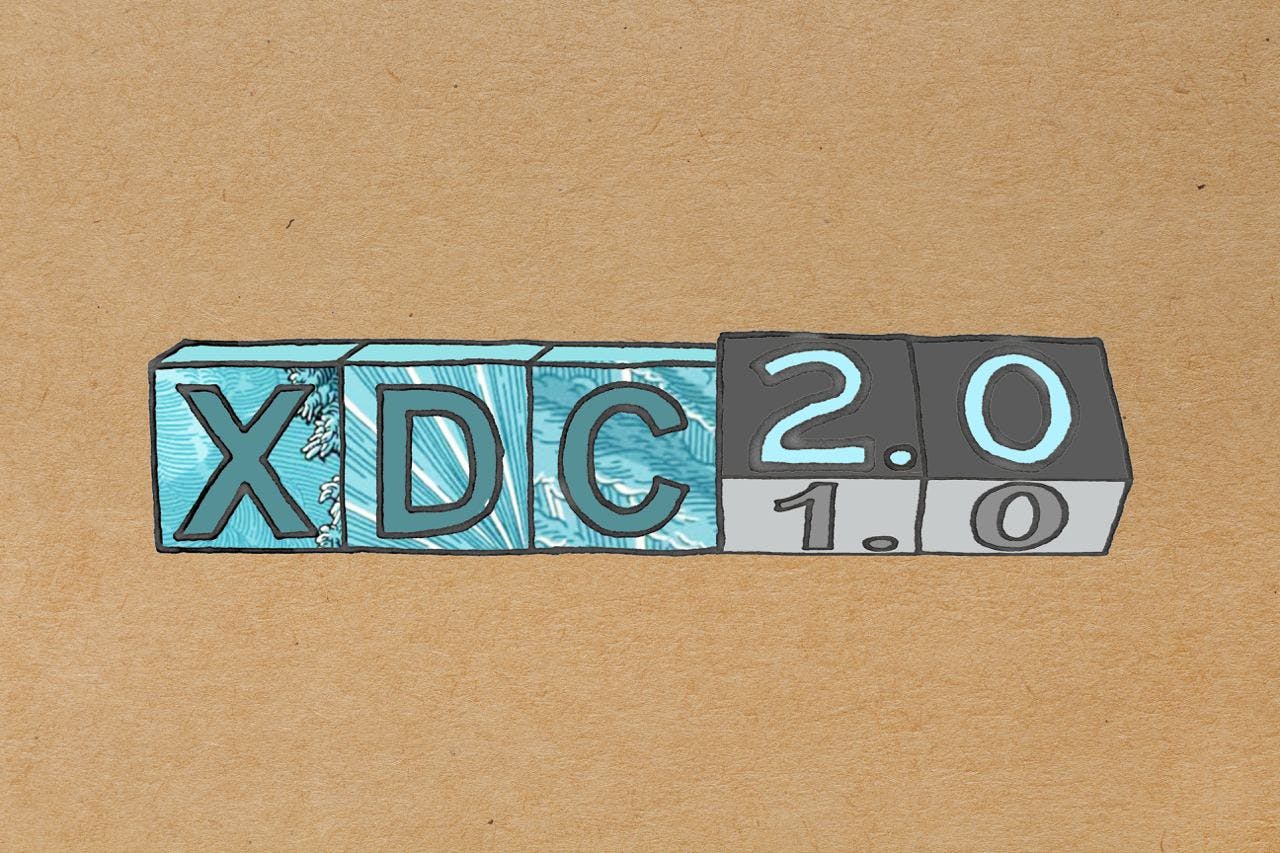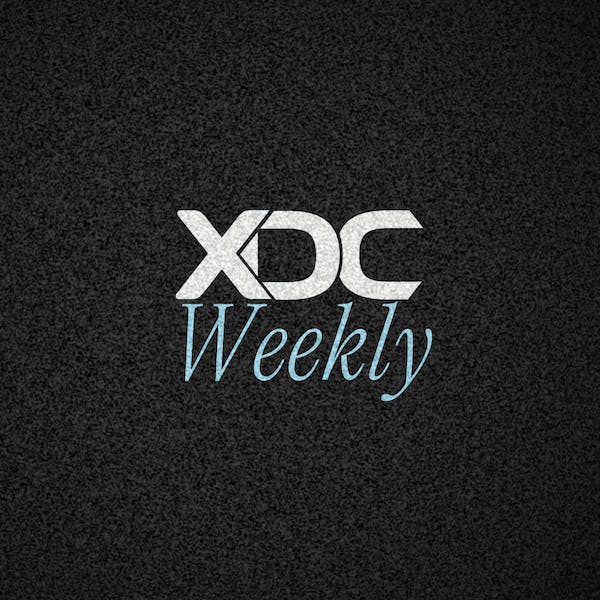Since early 2022, the protocol team has been working towards an XDC consensus upgrade that brings unprecedented security, forensic monitoring, and a sought-after subnet architecture to the XDC ecosystem.
XDC Network successfully upgraded to XDC 2.0 on Monday, September 30, 2024 at block number 80370000.
XDC Network's 2.0 development team, led by Princeton University's Professor Pramod Visawanath, has been working to create, test, and implement a defining protocol enhancement. XDC 2.0, which has been running on Apothem (testnet) since March 2024, is its most impactful upgrade since the XDC mainnet's inception five years ago.
Network security has always been a pillar of XDC's consensus mechanism.
XDC 2.0's consensus mechanism is structured to eliminate network downtime from attacks and other issues. As proven by the ever-present outages of some of the most protected, highly-used platforms for peer-to-peer transactions, even the slightest opportunity for malevolent actors or systemic failures can upend millions of people's social and economic lives.
Extended and repeated outages of high-volume, centralized, and decentralized Layer 1 blockchains have caused havoc on an industry reliant on its uptime. As cross-chain interoperability becomes mainstream, another blockchain's outage can adversely affect completely healthy networks, disrupting business and consumer transactions for hours or days.
Even Web2 outages, such as the 2021 Meta outage or the more recent CrowdStrike outage that affected business operations worldwide, should concern the blockchain industry. As more legacy data and transactions move on-chain, network downtime — whether from attacks or systemic issues — will not be tolerated. XDC 2.0 seeks to eliminate this concern for its ecosystem participants and raise the bar for blockchain security in general.
To that end, the 2.0 upgrade introduces next-level military-grade security and forensic monitoring. The current XDC Network Proof-of-Stake protocol is fortified to resist attacks and has a remarkable uptime record. The upgrade improves upon this. In contrast with XDPoS 1.0, where high security is achieved as blocks grow deeper, resulting in a longer confirmation delay, XDC 2.0 requires only a three block finality. With a new block generated every two seconds, maximum security is achieved six seconds after a block is generated, raising the bar substantially for Layer 1 blockchain security.
XDC 2.0 further improves on its earlier version — taking all blockchain security into unprecedented territory — by implementing a systematic forensic monitoring system that includes slashing rogue nodes.
There is already a very low probability of executing a hostile takeover of the XDC Network, which verifies every network transaction through its consensus mechanism. As the Byzantine fault tolerance protocol can theoretically withstand up to one-third of validator nodes going rogue, a takeover would require widespread collusion between node operators. These node owners, who are decentralized globally, have at least 10 million XDC and are paid a percentage of that annually as a reward for validating transactions, meaning they all have a stake in the network's success.
The XDC 2.0 upgrade takes this security to another level, featuring a first-of-its-kind governance platform that can identify malignant nodes with proof and slash them almost immediately—involving burning their 10 million XDC tokens and all rewards that come with being a node owner. Due to Know-Your-Customer requirements, operators of rogue nodes could be prosecuted.
XDC 2.0's security upgrade will act as judge, jury, and executioner regarding malignant node activity, adding another obstacle for malicious actors hoping to reach that one-third threshold.
Unprecedented security is critical as the XDC Network continues to add institutional users who may be crypto-adverse. Because business interests worldwide may be wary of blockchain technology, the bar for security is even higher. Ahead of its time, XDC 2.0 meets that mark as the first network protocol to include forensic monitoring, outpacing protocols even in the early stages of development.
In the academic world, XDC 2.0 is believed to be the most optimized and advanced consensus engine," protocol developer Dr. Fisher Yu of Hash Laboratories told XDC Foundation. "The forensic monitoring system we implemented for XDC is the first systematic approach to achieve accountability for a Byzantine-tolerant consensus system.
A user-friendly architecture for subnets will also launch with XDC 2.0.
Institutions, and especially banks, demand privacy," explained Dr Yu. "That means they will digitalize the assets of their clients, but they do not want to put them in a public network because you will expose all assets of this client. They still want to store the asset in a decentralized way, and they still want the security of the XDC mainnet.
Subnets will be a crucial driver for institutional adoption of the XDC Network, and of blockchain in general. The ability to deploy and utilize them on the XDC Network offers opportunities seen on only a handful of other blockchains.
Subnets allow users to build their own smaller replica of the XDC mainnet on the XDC Network, validator nodes and all. The subnet's block headers will periodically publish to the XDC Network mainnet while the block body will be validated on the subnet's decentralized private nodes. Subnets will have their own private explorers. By adding privacy functionalities, XDC is solving the age-old debate over public vs. private blockchains.
These subnets will be more secure even than the upgraded XDC Network, as a malicious actor would have to compromise both the XDC mainnet and the subnet to revise the subnet ledger. Since the subnet block header only contains metadata, the subnet block bodies are not checkpointed, and no account or transaction data will become public, even if a subnet were compromised.
A series of user-friendly applications will come with the subnet launch on the network, including:
Subnet Generator - an application that provides scripts to deploy subnets.
Subnet Manager - a user interface to manage the subnet structure and, its interactions with other subnets and mainnets. It also provides subnet statistics.
Subswap - a user interface for swapping tokens across subnets or mainnet.
XDC Zero - the infrastructure to support cross-chain interoperability for XDC subnets (as well as the XDC mainnet).
The launch of XDC 2.0 comes after a rigorous three-year period of development and testing.
This included testing the individual functions and the integration between components and ensuring the entire system's functionality end-to-end. Finally, the protocol team conducted pressure tests by abruptly expanding the network size before reducing it, and turning on and off nodes to ensure the network could recover in all scenarios. "We reconstruct the network to make sure that it can always survive," said Fisher Yu.
In addition to ongoing upgrade testing, CertiK — a global leader in smart contract and blockchain security monitoring — completed a rigorous audit on XDC 2.0. The audit concluded with the protocol achieving a AA rating on its security posturing and being placed in the top 10% of crypto projects per CertiK's SkyHarbor reporting. The protocol achieved an "Excellent" rating in several categories: Code, Community, Operational, and Market. Since the CertiK audit, XDC 2.0 has been running on Apothem testnet.
With the 2.0 upgrade on September 30, the XDC Network takes a monumental step towards making blockchain more appealing to risk-averse industries through an unprecedented combination of privacy and security.
Along with the 2.0 consensus upgrade, several other network innovations and improvements have recently occurred or will be implemented soon. These include:
USDC bridge with Circle will enable deeper ecosystem interactions and opportunities.
USDT bridge with Tether will improve network liquidity and create opportunities for DeFi applications and tokenized assets.
Solidity v0.8.23 update was an essential step in a positive smart contract experience on the XDC Ethereum Virtual Machine (EVM)
CodeRun AI is a developer assistant powered by the XDC Network that can be used for smart contract development and technical or strategic guidance.
Node enhancements and network updates will follow the 2.0 consensus upgrade and focus on improving smart contract execution, optimizing node performance, and boosting overall network efficiency.
XDCDAO was launched and marked a significant milestone in providing a decentralized governance framework for the XDC Network.
Account Abstraction is live on mainnet and provides a broader use of smart contracts to manage user accounts.
While largely overseen and carried out by XinFin and the protocol team, the XDC Foundation played an important role in the development of XDC 2.0. The Foundation was involved in the upgrade's marketing plans and the research and development process as a whole, including the CertiK audit.
XDC 2.0 is one of the most exciting XDC Network developments since its inception. XDC Foundation's involvement in the CertiK audit and other important aspects of bringing 2.0 to life is an integral part of our mission to grow adoption of the network.
— Matthew Weisenthal, Director of XDC Foundation
Looking forward, XDC 2.0 will set a new bar for blockchain security. Its subnets architecture also provides the tools for would-be blockchain users, who have previously been wary of the technology and can now confidently explore its benefits.
From day one, XDC Network was built with the long-term purpose of being a reliable, scalable, and secure blockchain upon which users of all shapes and sizes can build their projects. XDC 2.0 ensures that this focus is hearty and sustainable.

